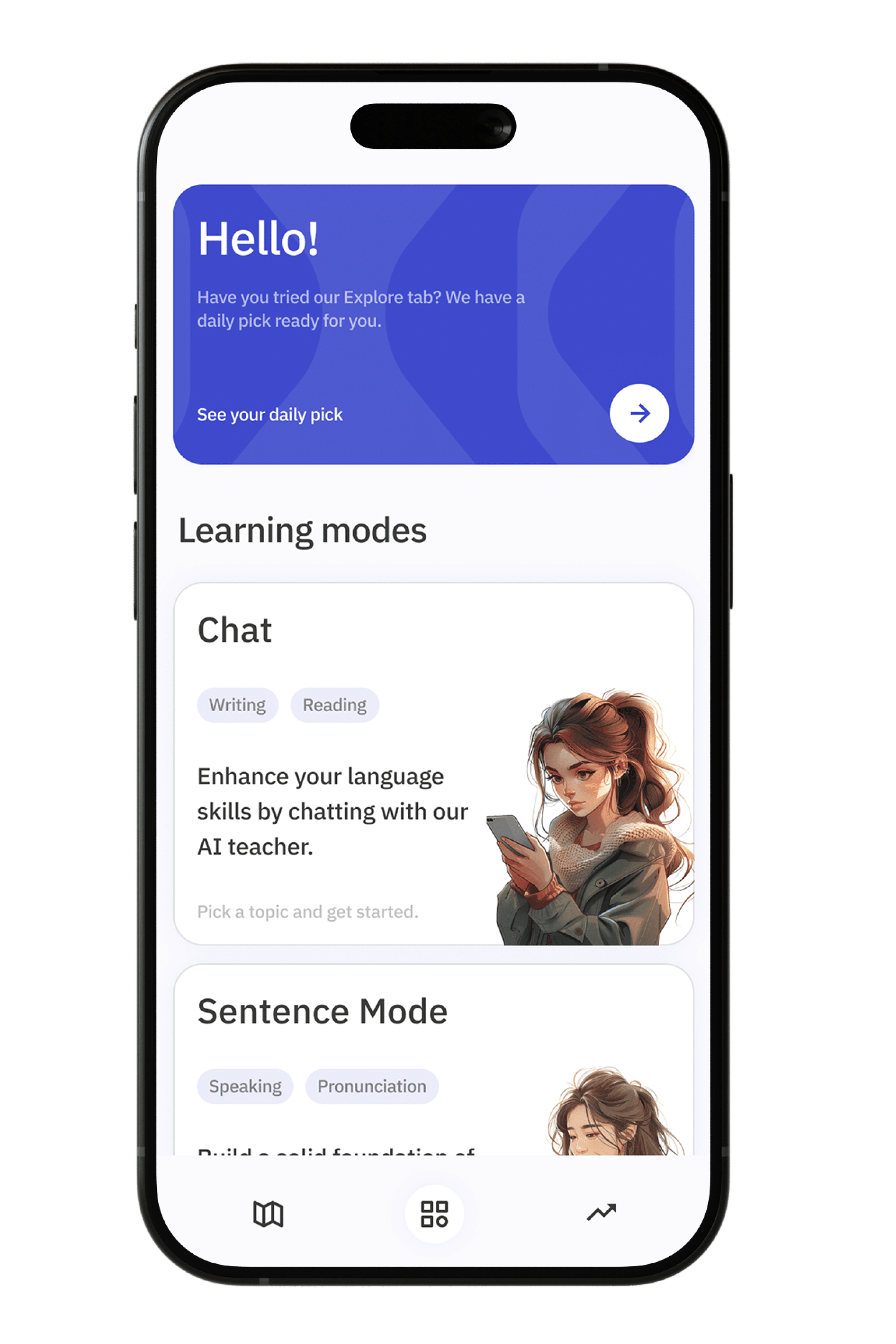Pick a language and start learning!
Les articles indéfinis « a » et « an » Des exercices en langue anglaise

Les articles indéfinis « a » et « an » sont essentiels pour maîtriser la grammaire anglaise. Ils sont utilisés pour désigner des objets ou des concepts non spécifiques et sont équivalents aux articles indéfinis français « un » et « une ». Cependant, leur utilisation dépend du son initial du mot qui suit : « a » est utilisé devant un son consonantique, tandis que « an » précède un son vocalique. Par exemple, on dira « a cat » mais « an apple ». Comprendre cette règle est crucial pour parler et écrire en anglais de manière fluide et correcte.
Dans cette section, vous trouverez une série d'exercices conçus pour vous aider à maîtriser l'utilisation des articles indéfinis « a » et « an ». Ces exercices vous permettront de pratiquer et de renforcer votre compréhension de cette règle grammaticale, en vous exposant à une variété de contextes et de situations. Grâce à ces activités interactives, vous serez en mesure de reconnaître et d'appliquer correctement ces articles dans vos propres phrases, améliorant ainsi votre précision et votre confiance en anglais.
Exercise 1
<p>1. She has *a* cat (un chat).</p>
<p>2. He wants *an* apple for breakfast (une pomme).</p>
<p>3. She bought *a* dress for the party (une robe).</p>
<p>4. There is *an* elephant at the zoo (un éléphant).</p>
<p>5. He is reading *a* book (un livre).</p>
<p>6. She saw *an* owl in the tree (un hibou).</p>
<p>7. He needs *a* pen to write (un stylo).</p>
<p>8. They found *an* old coin in the garden (une vieille pièce de monnaie).</p>
<p>9. She has *a* new car (une nouvelle voiture).</p>
<p>10. He wants to be *an* artist (un artiste).</p>
Exercise 2
<p>1. She wants to buy *a* new book (un livre).</p>
<p>2. He saw *an* elephant at the zoo (un éléphant).</p>
<p>3. They found *a* solution to the problem (une solution).</p>
<p>4. She is eating *an* apple for breakfast (une pomme).</p>
<p>5. He gave her *a* gift for her birthday (un cadeau).</p>
<p>6. It is *an* honor to meet you (un honneur).</p>
<p>7. She has *a* cat named Whiskers (un chat).</p>
<p>8. He read *an* interesting article yesterday (un article intéressant).</p>
<p>9. They are planning *a* trip to Paris (un voyage).</p>
<p>10. She needs *an* umbrella because it is raining (un parapluie).</p>
Exercise 3
<p>1. She adopted *a* cat from the shelter (un chat).</p>
<p>2. He bought *an* apple at the market (une pomme).</p>
<p>3. They rented *a* car for their vacation (une voiture).</p>
<p>4. She found *an* old book in the attic (un vieux livre).</p>
<p>5. We saw *a* movie last night (un film).</p>
<p>6. He is *an* engineer at the tech company (un ingénieur).</p>
<p>7. They visited *a* museum in the city (un musée).</p>
<p>8. She wore *an* elegant dress to the party (une robe élégante).</p>
<p>9. He gave her *a* flower as a gift (une fleur).</p>
<p>10. They had *an* amazing time at the concert (un moment incroyable).</p>







